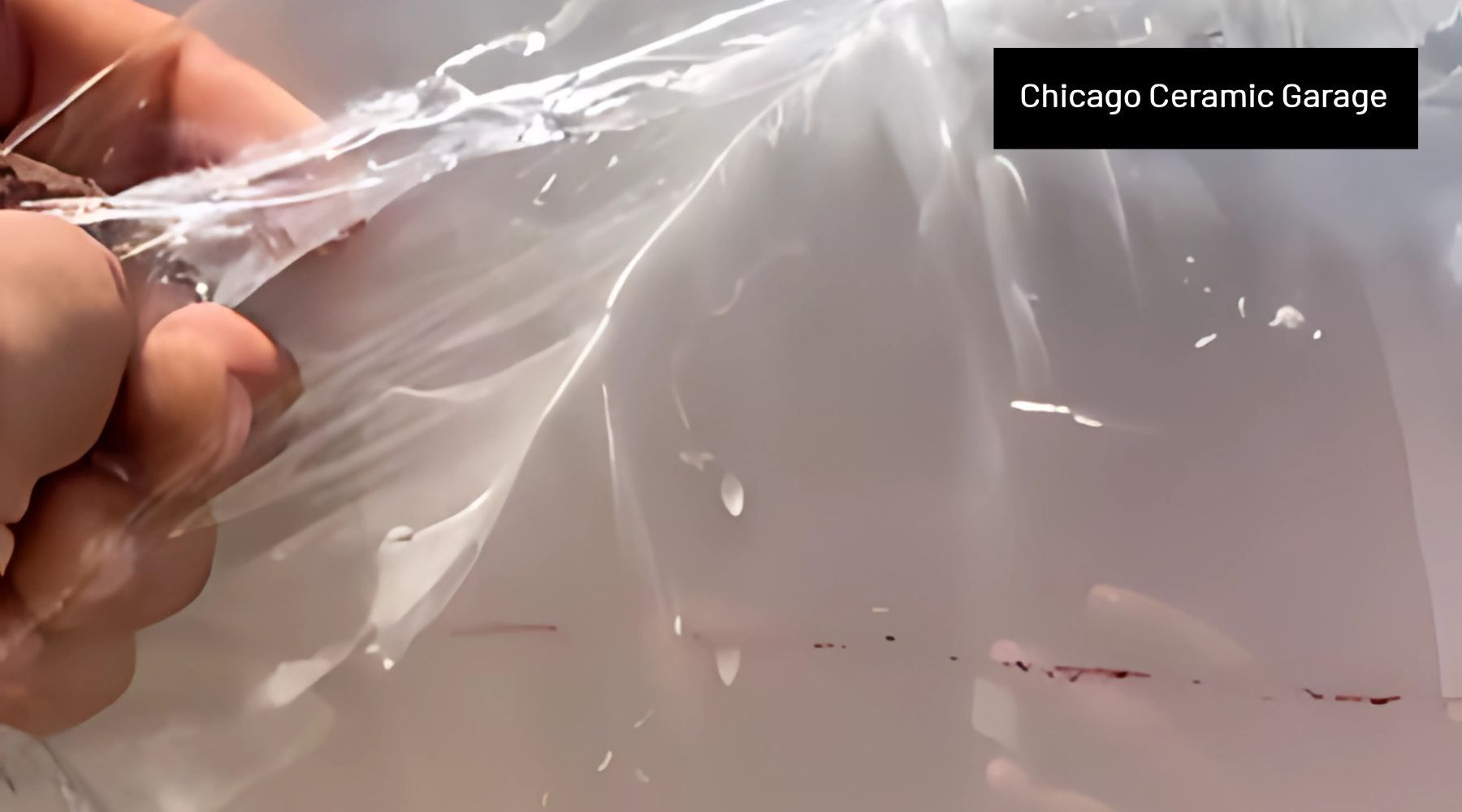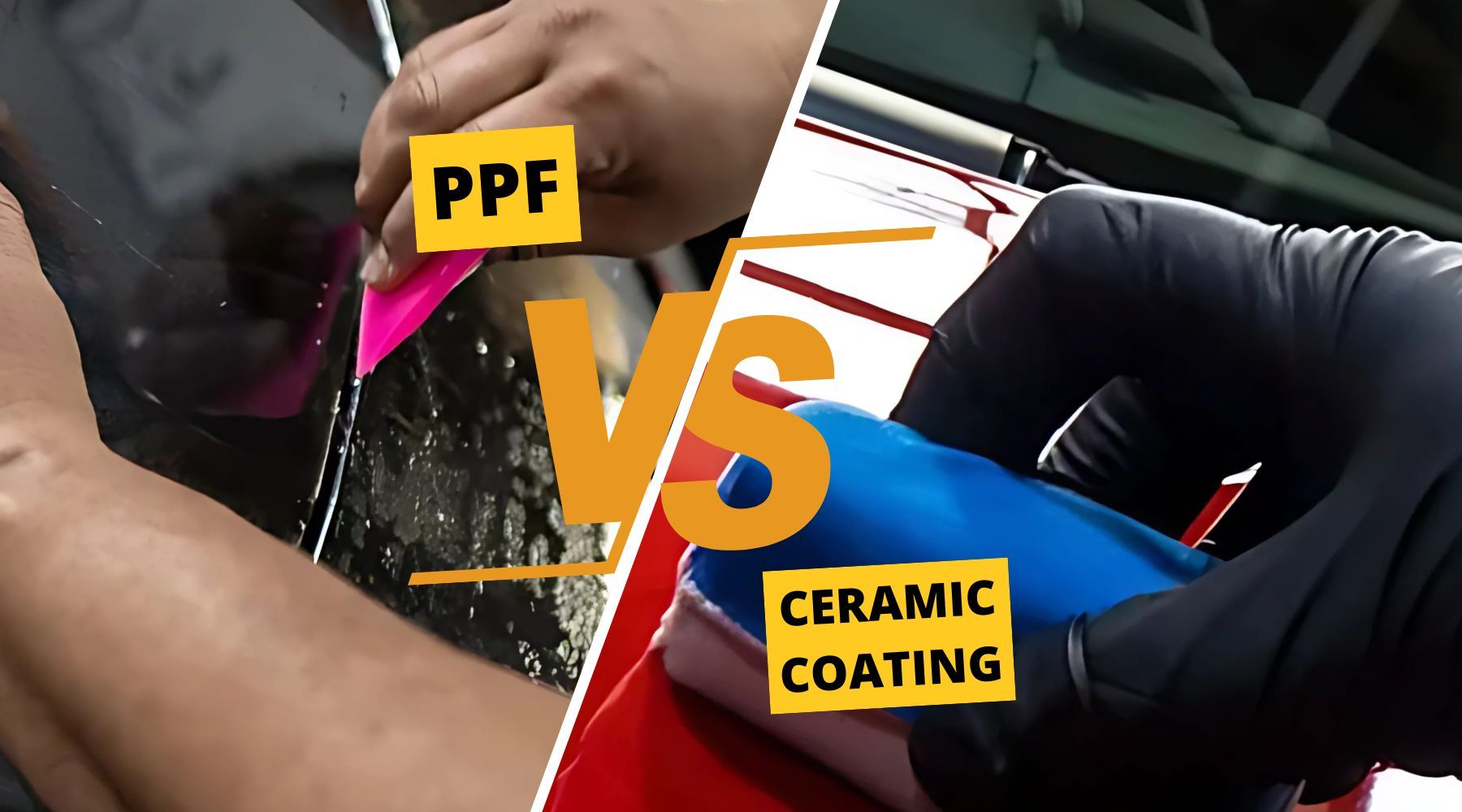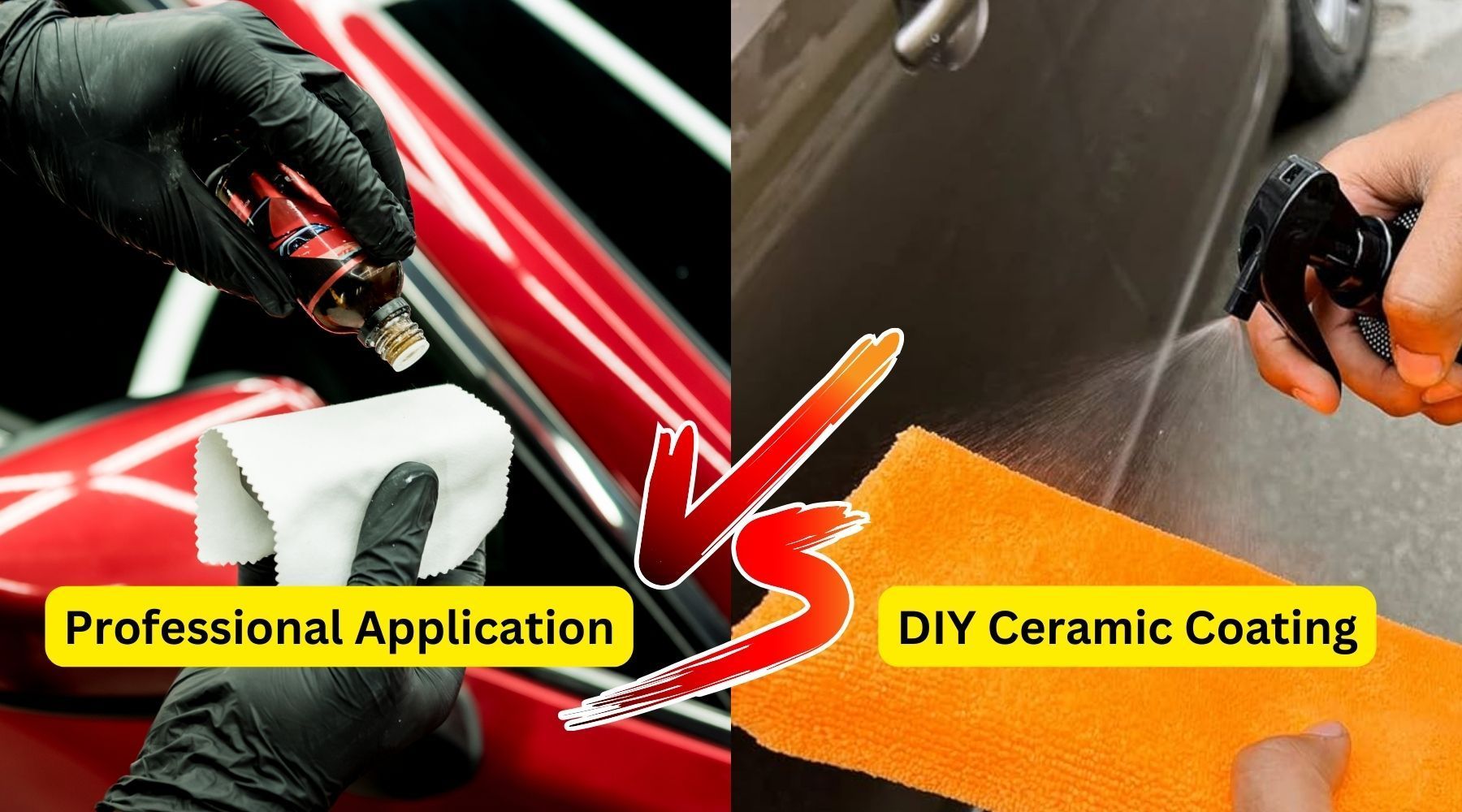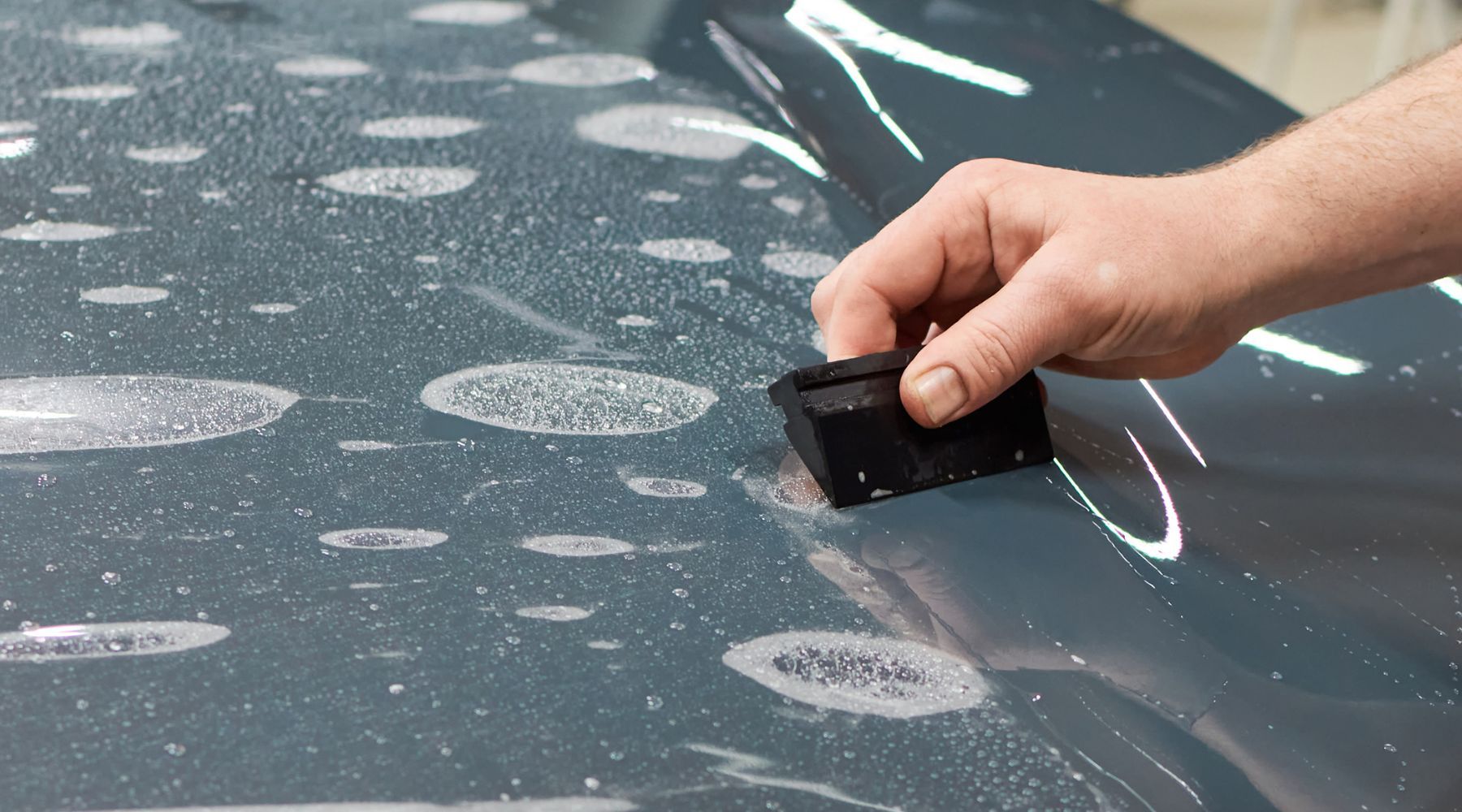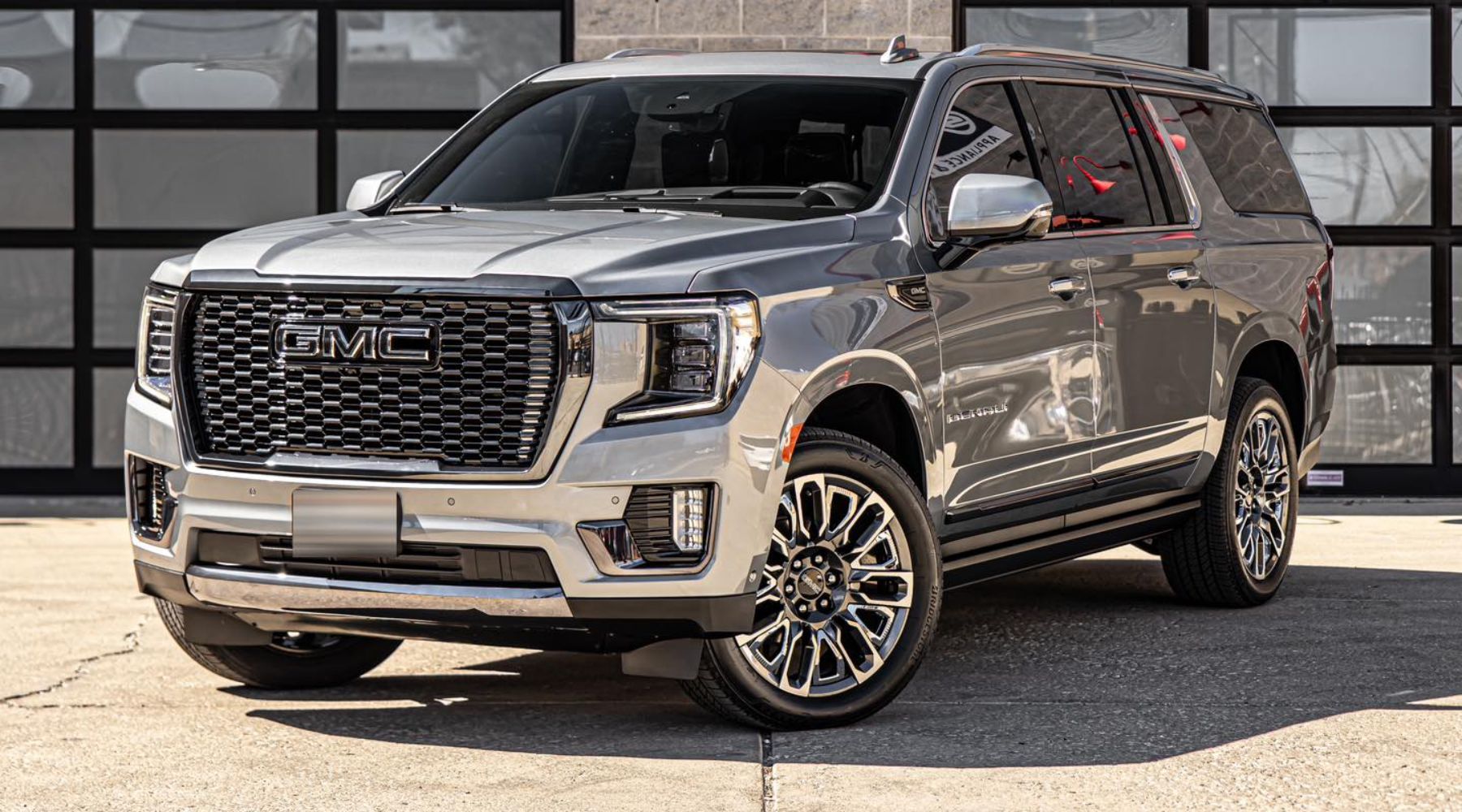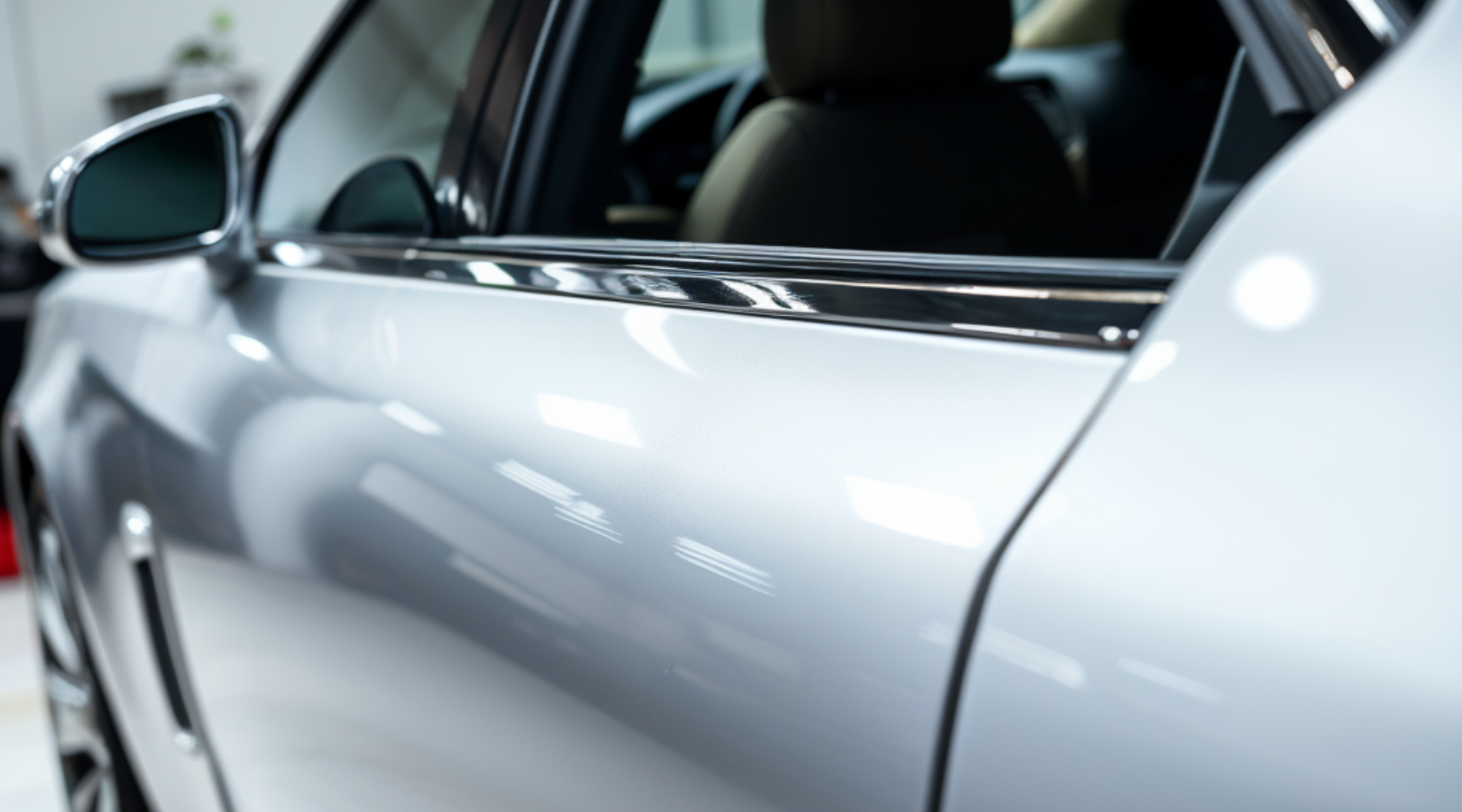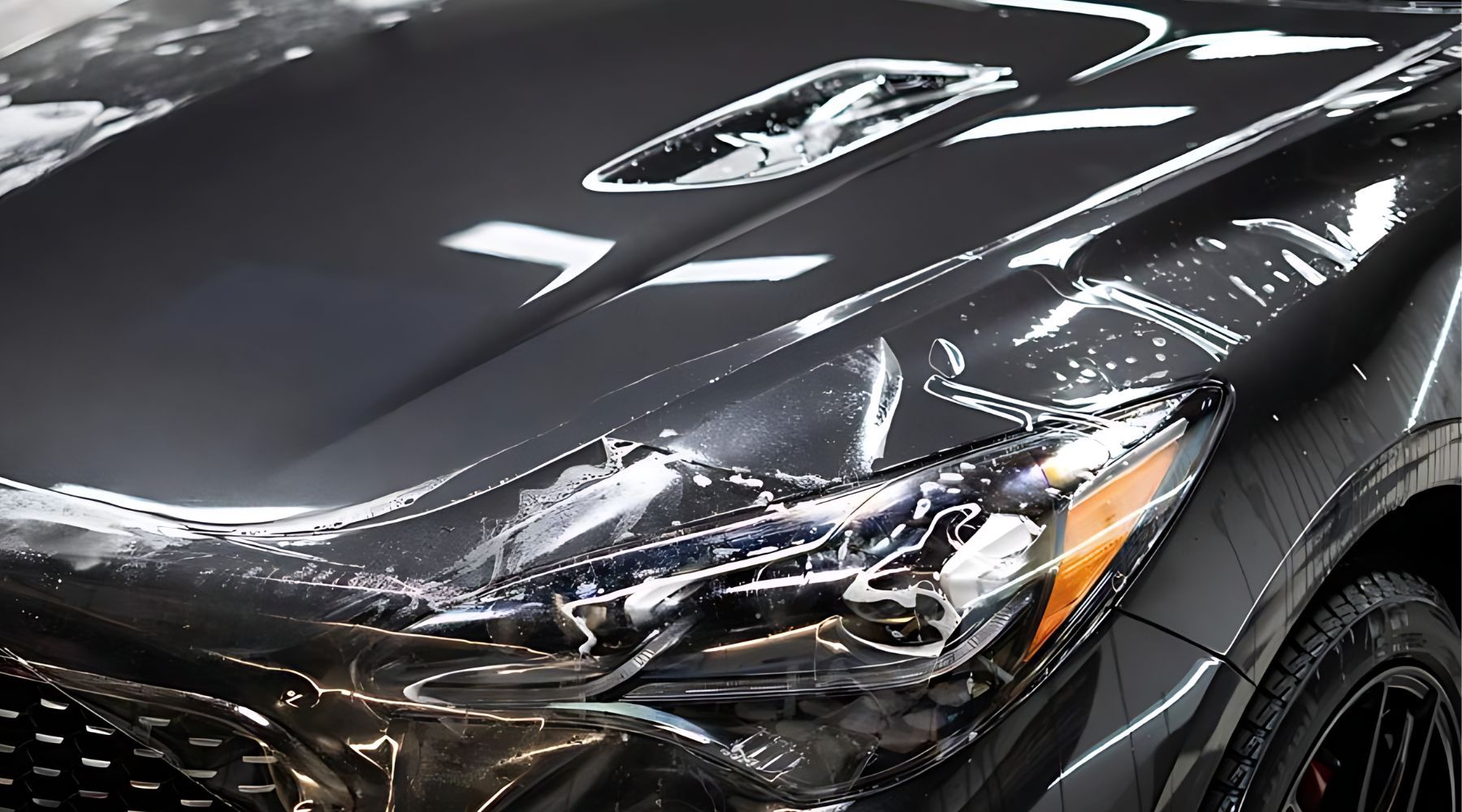How to Maintain Your Car After a Ceramic Coating
Paint protection film vs ceramic coating Chicago, Illinois, Chicago, Illinois PPF vs ceramic coating, Paint protection film benefits in Chicago, Illinois, Ceramic coating benefits, Best car paint protection
Maintaining a ceramic-coated car requires some know-how, but the results are worth it. A well-maintained ceramic coating keeps your vehicle looking new, protects its paint, and preserves the glossy, hydrophobic surface that repels water and dirt. This guide will cover essential aftercare tips and techniques to ensure your ceramic coating lasts as long as possible.
Why Ceramic Coating Maintenance Matters
Ceramic coatings are a popular choice for car owners seeking durable paint protection. This coating forms a hard, transparent layer that protects your car's paint from environmental damage, minor abrasions, and UV exposure. But while ceramic coatings are resilient, they aren't entirely maintenance-free. Proper aftercare is essential to maximize the coating's lifespan and keep your vehicle looking its best.

What Makes Ceramic Coating Different?
Unlike traditional wax or paint protection film, ceramic coatings are semi-permanent, offering a high level of protection that lasts for years with proper care. They create a hydrophobic layer on your car, repelling water, dirt, and contaminants. However, this layer needs periodic upkeep to retain its properties and effectively shield your car's paint.
For those interested in other paint protection options, see our comparison of ceramic coating and paint protection film.
Essential Tips for Washing a Ceramic-Coated Car
Hand Washing vs. Automatic Car Washes
To avoid scratches and swirl marks, it's best to hand-wash a ceramic-coated car. Automatic car washes can damage the coating due to their harsh brushes and chemicals. High-pressure sprays in these facilities can also degrade the coating over time, reducing its protective qualities. Washing by hand is a safer choice for keeping the coating intact.

Using the Right Products
When washing a ceramic-coated car, select a
pH-neutral car shampoo free of waxes and harsh chemicals. These shampoos preserve the ceramic coating's hydrophobic properties without causing deterioration. Waterless wash products designed explicitly for ceramic-coated vehicles can be an excellent option for touch-ups between full washes.
Gentle Washing Techniques
Using the proper techniques prevents unintended wear on your coating. To reduce the risk of swirl marks, opt for the two-bucket washing method—one for soapy water and one for rinsing your mitt. Use high-quality microfiber towels or mitts, which are soft enough to avoid scratching the surface.
Rinse thoroughly and avoid scrubbing too hard, as even minor abrasions can affect the coating over time.
For more tips on washing techniques, visit our complete guide to washing a ceramic-coated car.
Drying Techniques to Prevent Water Spots
Water spots are common on ceramic-coated cars but can be avoided with the correct drying approach.

Importance of Drying
Failing to dry a ceramic-coated car can leave water spots caused by mineral deposits left behind after the water evaporates. Over time, these spots can dull the coating's shine and interfere with its hydrophobic properties.
Recommended Drying Tools
After washing, dry your vehicle using soft, clean microfiber towels. Consider using a leaf or air blower to remove water from hard-to-reach areas for a streak-free finish. Another option is
deionized water systems, which filter out minerals and help prevent water spots altogether.
Regular Use of Ceramic Coating Maintenance Sprays
Purpose and Benefits
Maintenance sprays are formulated to refresh the ceramic coating's hydrophobic properties, helping it repel water, dirt, and contaminants. These sprays enhance the coating's longevity, keeping your car's paint protected and shiny.
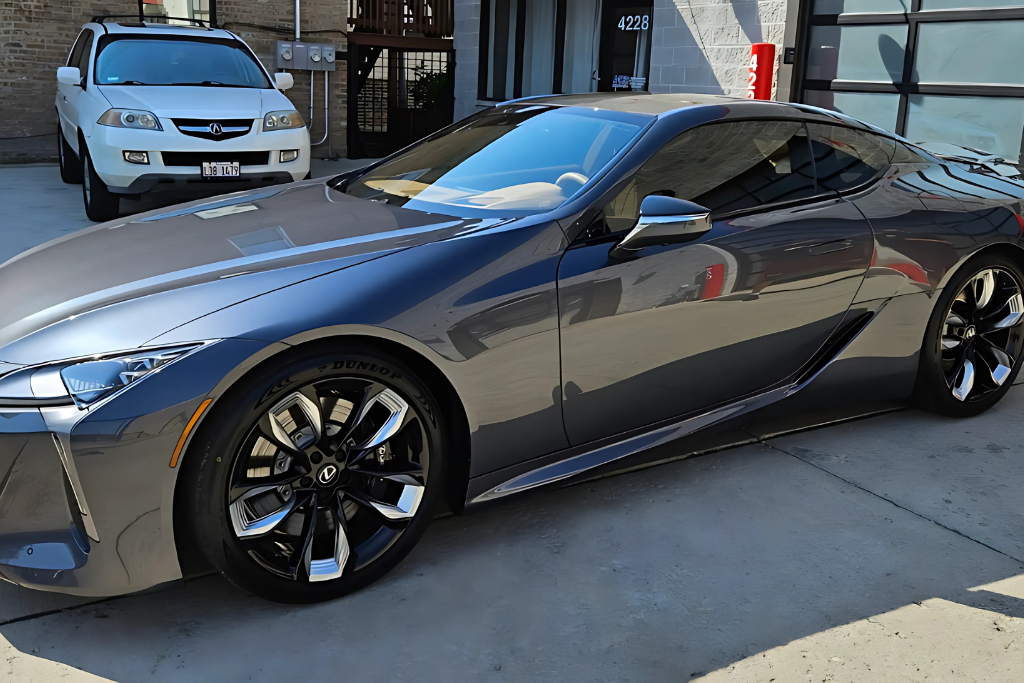
Application Process
Applying maintenance spray is straightforward. After washing and drying your car, spray a small amount on a microfiber cloth and spread it evenly over the surface. To maintain optimal protection, follow the product instructions for the recommended frequency—typically once a month.
Key Dos and Don'ts After Ceramic Coating
Dos for Ceramic Coating Maintenance
- Wash your car regularly: Aim to wash every one to two weeks to remove dirt and grime that could wear down the coating over time.
- Use only microfiber towels: Microfiber towels are the best choice for cleaning or drying to avoid scratches and preserve the smooth finish.
- Inspect for contaminants: Periodically check for stuck-on pollutants, such as bird droppings or tree sap, and remove them with a clay bar if needed.
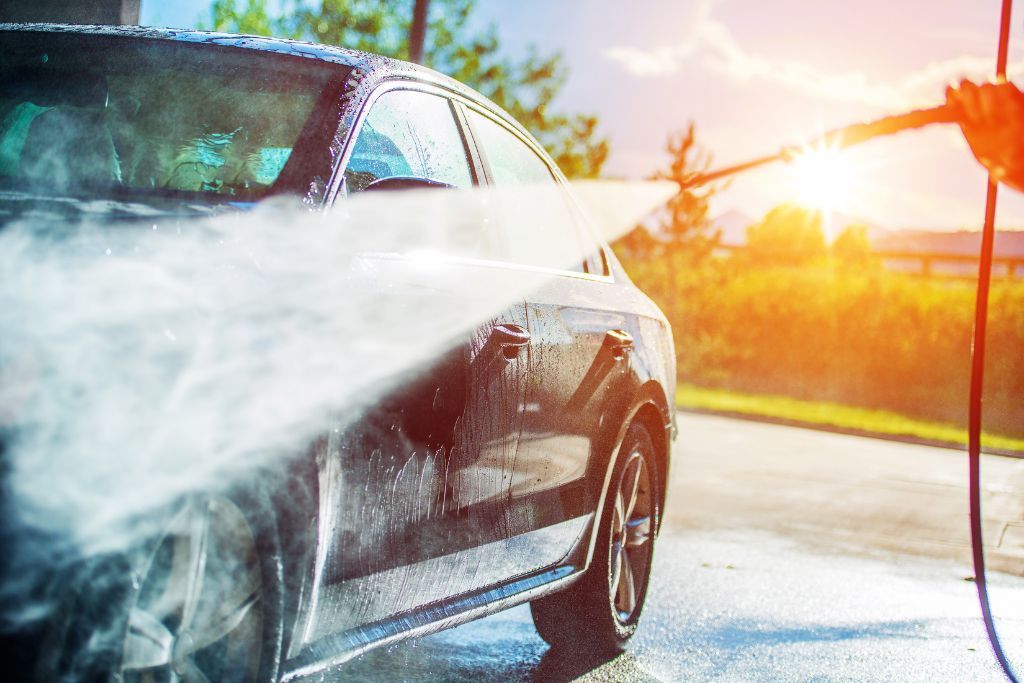
Don'ts for Ceramic Coating Maintenance
- Avoid abrasive cleaners: Harsh chemicals and abrasive products can damage the coating, stripping away its hydrophobic layer.
- Please avoid car waxes and sealants: Wax and sealants can clog the coating and reduce its ability to repel water.
- Avoid high-pressure washing: High-pressure water can erode the ceramic layer over time. Stick to low-pressure, gentle washes instead.
Following these guidelines can avoid common maintenance mistakes and keep your coating looking its best.
Common Issues and Solutions for Ceramic-Coated Cars
Why Ceramic Coatings Might Lose Their Shine
A ceramic coating may shine over time due to build-up from contaminants and improper maintenance. If you notice dullness, you may need a light paint correction or a fresh coat of maintenance spray to restore the luster.
Addressing Water Spots on Ceramic Coating
Water spots can sometimes appear on ceramic-coated surfaces, especially if not using a deionized water system. To remove water spots, use spot-specific cleaners designed for ceramic coatings. If these persist, you may need a more thorough wash or an additional coat of maintenance spray.
Conclusion
Maintaining a ceramic-coated car is a commitment, but the paint protection and aesthetic payoff make it worthwhile. Following these care tips—such as regular hand washing, using the right products, and applying maintenance sprays—can keep your car looking pristine and protect your investment for years.
For professional help or more advanced maintenance options, explore Chicago Ceramic Garage's ceramic coating services, where we offer expertise in keeping your vehicle at its best.
Frequently Asked Questions
What is the best aftercare for ceramic coating?
The best aftercare includes regular hand washing, using pH-neutral shampoo, and applying a maintenance spray monthly. Dry the car carefully to avoid water spots, and only use microfiber towels for cleaning.
How often should I wash my ceramic-coated car?
To keep the coating in good condition, aim to wash your car every one to two weeks, depending on driving conditions and exposure to dirt or pollutants.
Why should I avoid automatic car washes?
Automatic car washes often use abrasive brushes and chemicals that can scratch or degrade a ceramic coating, reducing its performance and longevity.
Why is it essential to use a pH-neutral shampoo on a ceramic-coated car?
pH-neutral shampoos prevent chemical reactions that can weaken the ceramic layer, helping it retain its protective properties and shine.
For more answers to commonly asked questions, contact our experts at Chicago Ceramic Garage, where we provide professional ceramic coating and maintenance services.
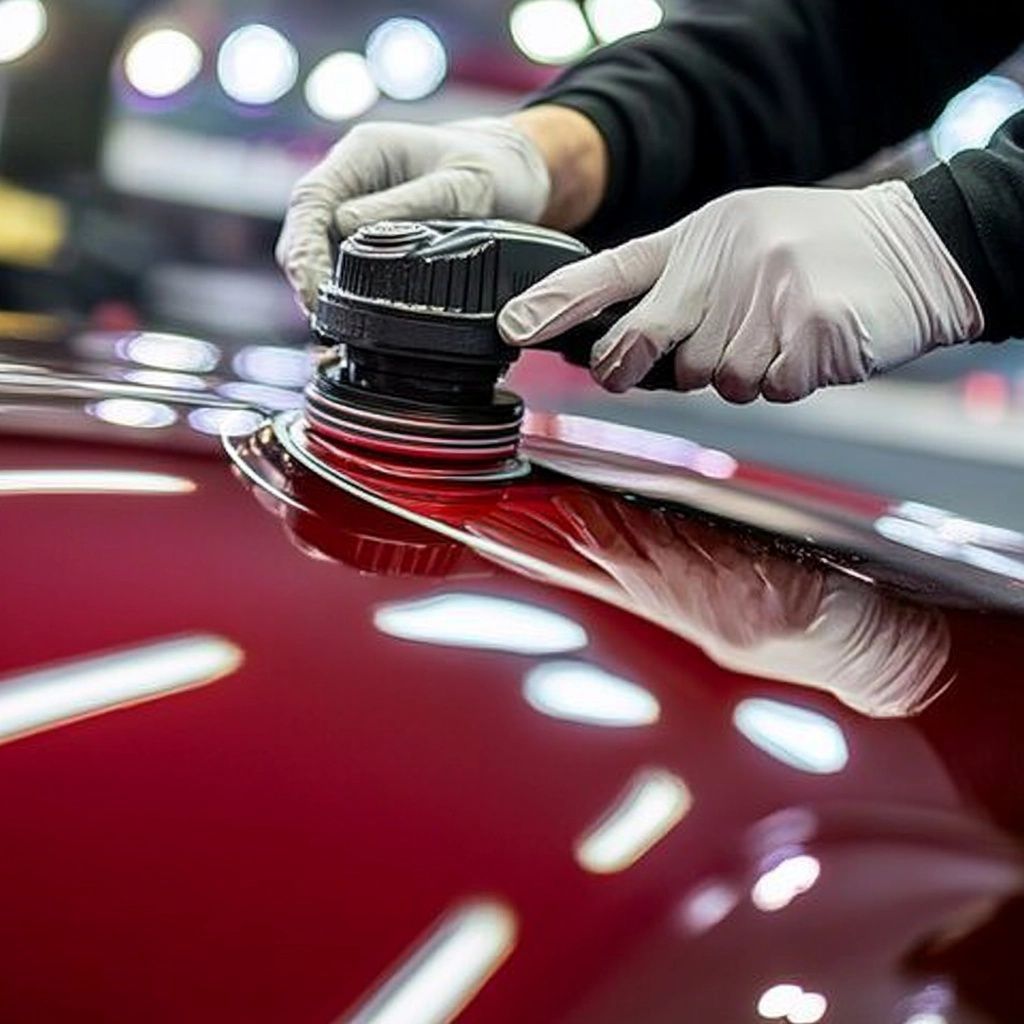
Looking for a detailing shop that can provide you with the automotive perfection that you need and deserve? Look no further than Chicago Ceramic Garage. We place an extreme emphasis on correcting your vehicle’s paintwork and thereafter, safeguarding it against future abrasions and environmental damage. We offer professional services to our clients, and are determined to provide exceptional results every time. Consider Chicago Ceramic Garage for all your paint correction, ceramic coating, and clear bra needs.
QUICK LINKS
OUR LOCATION
4226 N Pulaski Rd, Chicago, IL, United States
CONTACT US
Phone: (312) 825-8518
Designed by the team at Detailers Roadmap, a platform developed for detailing operators across the globe.
All Rights Reserved | 8bitcreative, LLC | Chicago Ceramic Garage
